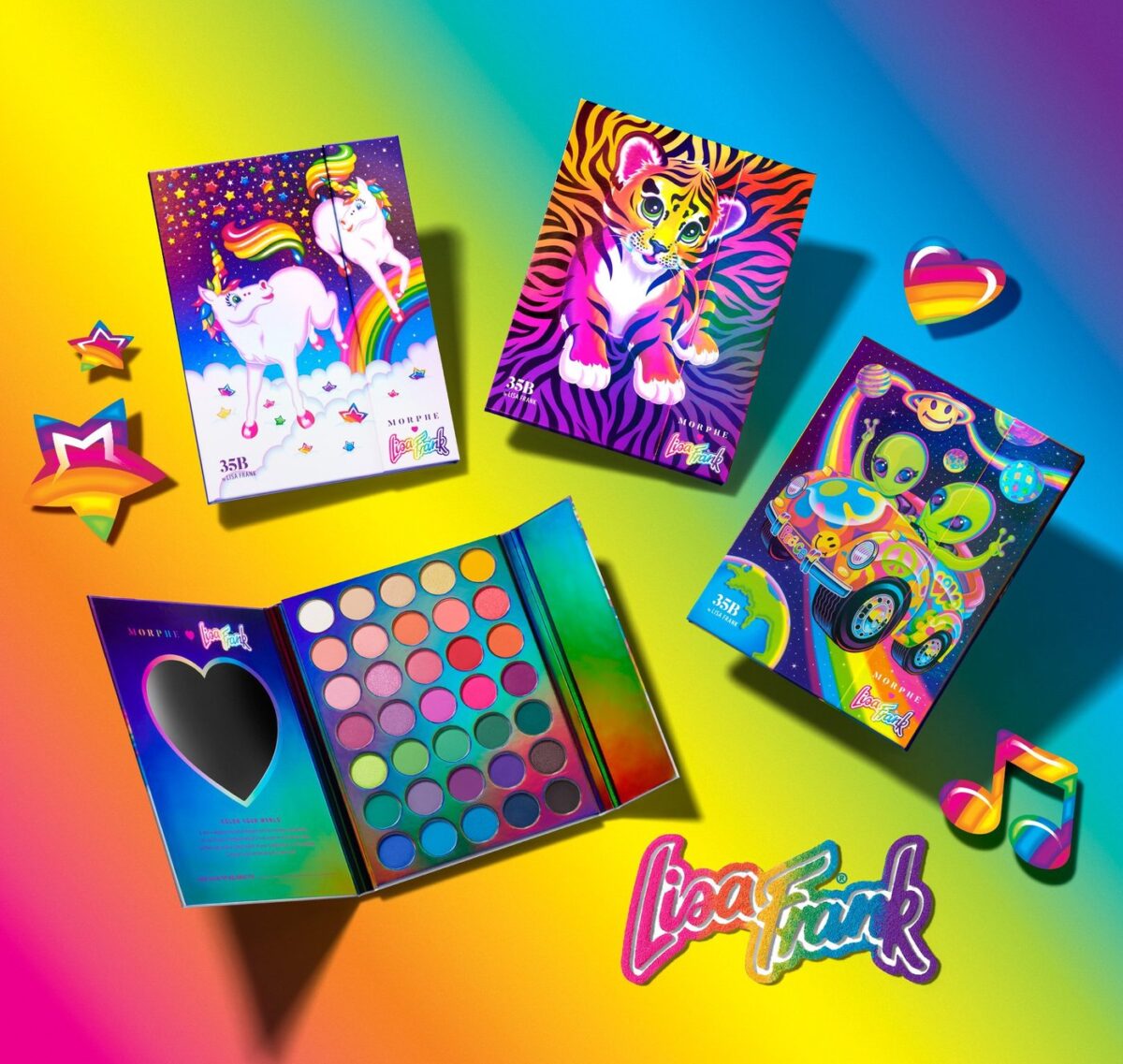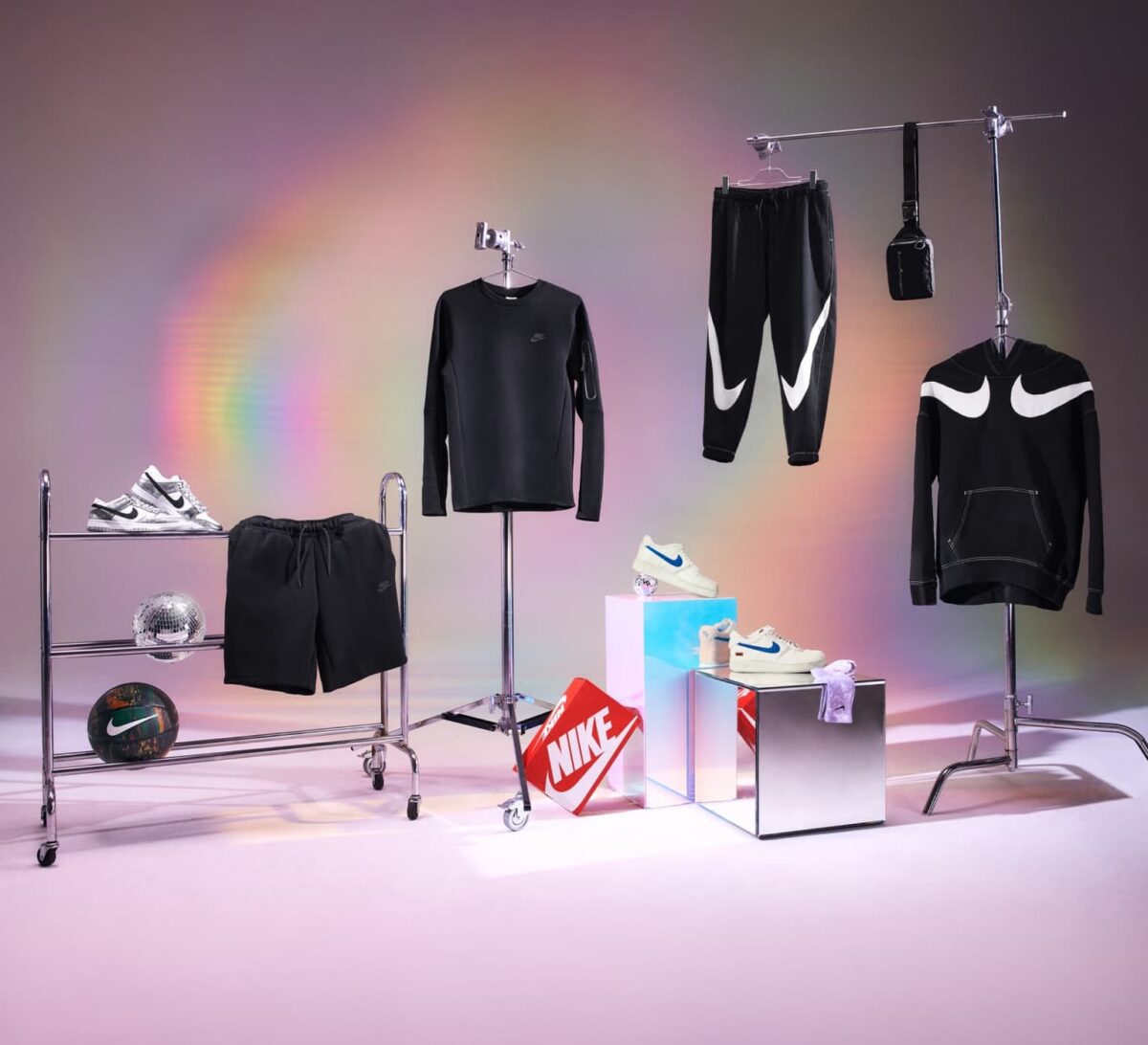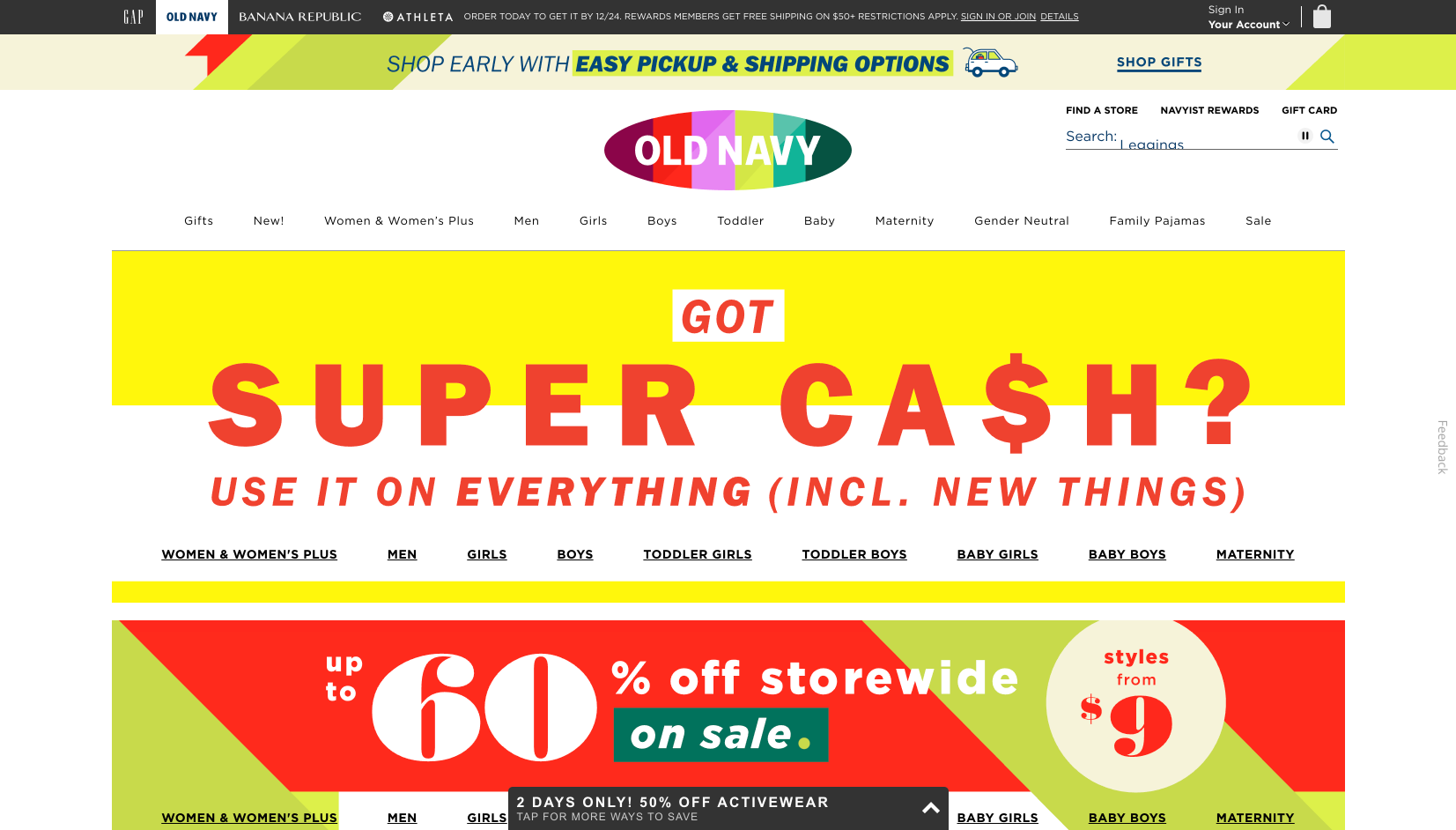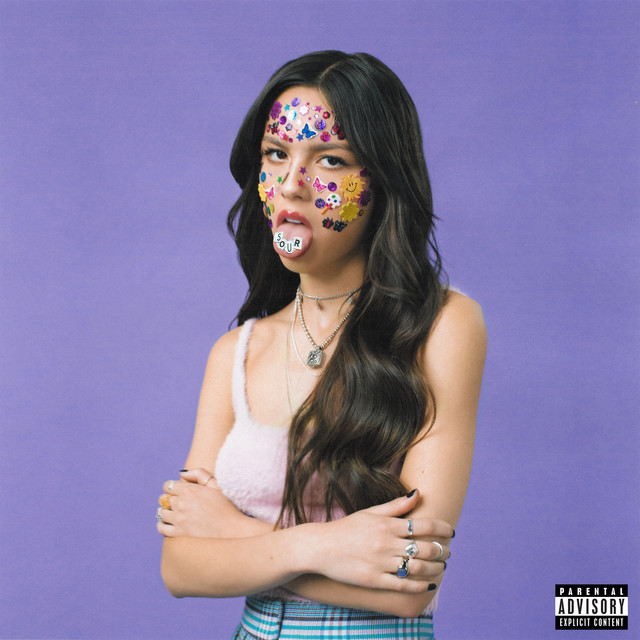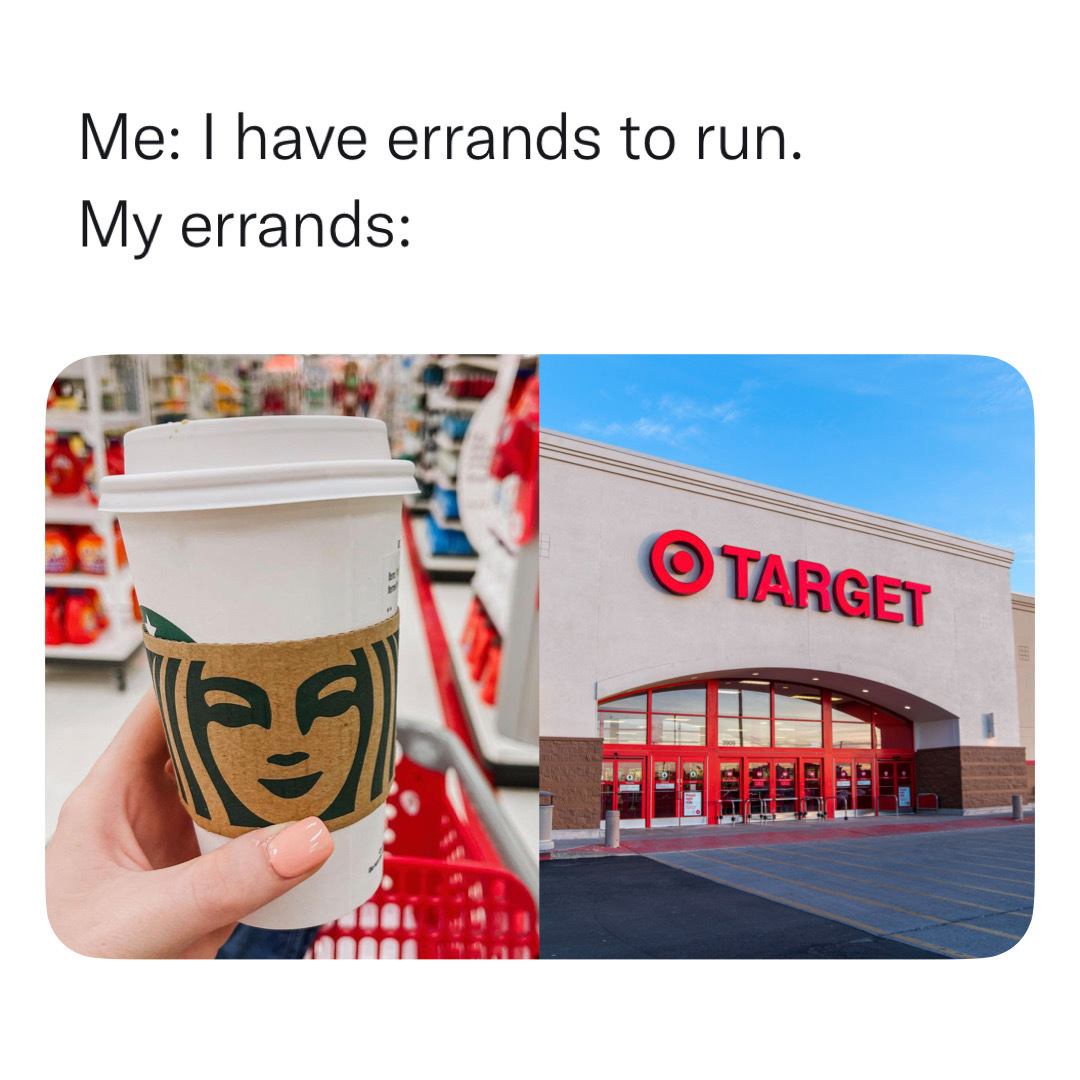2021 Marketing Trends
A Year in Review
This year, the marketing industry didn’t take things too seriously. Don’t get us wrong. It’s not like brands gave up. Marketers didn’t throw up their hands and quit this year. Not at all. Everyone unanimously decided that they needed a break from the stuffiness and heaviness that we felt last year. And the 2021 marketing trends reflect this.
We’re all out here just trying our best. 2020 forced us out of our comfort zones. 2021 was the year that we all adapted and discovered new comfort zones. No, this year wasn’t the most revolutionary for the marketing industry. But the influential trends were inspired by our collective search for optimism, a little escapism, and a sense of normalcy.
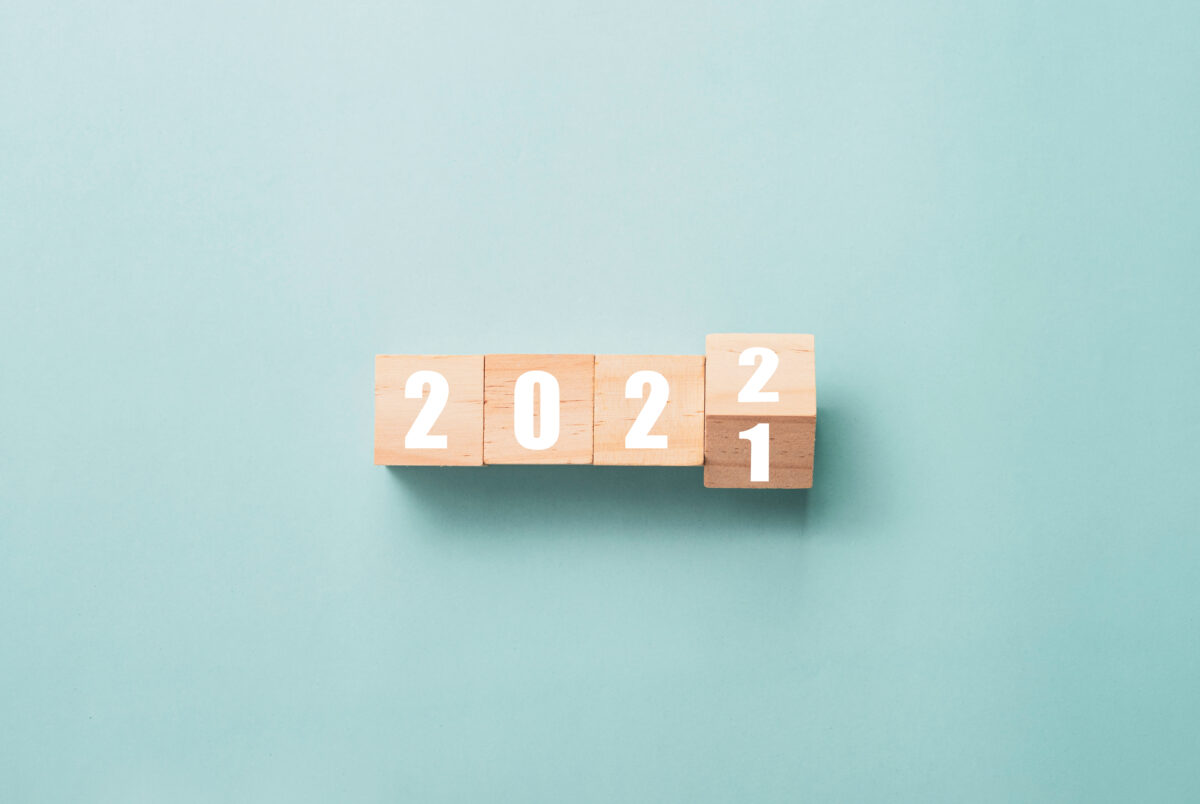
BRANDING
Y2K Revival
This year, brands tugged at our heartstrings with a new wave of nostalgia. Early 2000s-inspired designs popped up everywhere in 2021. Those of us who lived it know the signature look of the ‘00s well.
There’s no denying that bold color was everywhere, patterns were mixed, spacey holographic was a must, and cluttered designs were standard. The world was obsessed with the internet, all things futuristic, and the newly emerging digital culture.
Now, the early 2000s look in all its tacky glory has inundated pop culture and design. We spotted callbacks to Y2K trends in photography concepts, music videos, packaging, social media posts, and even full-on product campaigns. Some people love the tackiness; others hated it the first time around. Either way, it feels normal and approachable, sort of like an old friend you haven’t seen in a while.
“The nostalgia trend is nothing new, but it’s been exacerbated during the global pandemic when people have spent more time indoors, rewatching their favorite movies and boxsets,” said Julia Fernandez, content marketing manager at Envato. “Nostalgic branding is familiar, comforting, and safe–and who doesn’t want a bit of that right about now?”
WEB DEVELOPMENT
Videos in Web Design
Over the past few years, digital marketers have preached the importance of using videos on websites and social media. This time around, videos are used for aesthetics. They’ve become part of the actual web design instead of just a way to explain a service or display testimonials.
It’s more about their company culture than it is about products. It’s about getting creative with their website and showing off their personality.
We must admit, this is one of our favorite 2021 marketing trends. This year, we stumbled across plenty of cool websites with videos worked into their designs. We loved the look, which is why we changed up the site’s homepage.
“Video content and web design create this powerful synergy capable of mesmerizing the visitors, sparking interest, and building trust,” said Ogi Djuraskovic, founder of First Site Guide. “Video takes over the online sphere at a rapid pace. The projections tell us that this trend will continue during the following years. Adding a video to a website is no longer an idea based on a hunch but based on data coming from multiple sources.”
SEO
Video Structured Data
This year, Google made it easier to optimize videos for search results. They introduced two new types of structured data markup. Essentially, this code gives search engines more information about your video content. Creators can now manually tell Google about a video’s specific timestamps using Clips Markup.

“While Google tries to automatically understand details about your video, you can explicitly provide information, such as the description, thumbnail URL, upload date, and duration, by marking up your video.”
These segments are then shown in search results. That way, people won’t have to scrub through a video to find relevant content. Instead, they’ll be able to click on the right segment directly from a “Key Moments” timeline featured underneath video results.
But if you’re unable to label segments for all your hosted videos, you can use Seek Markup. With this code, Google Search uses machine learning to analyze your videos and automatically determines relevant segments for you. Then, they create a “Key Moments” timeline based on what their algorithm characterized as notable.


